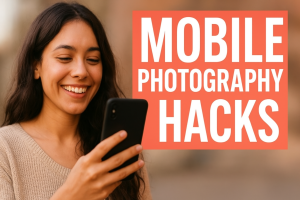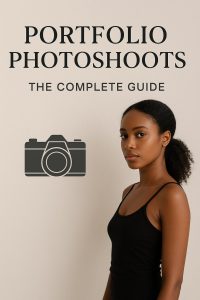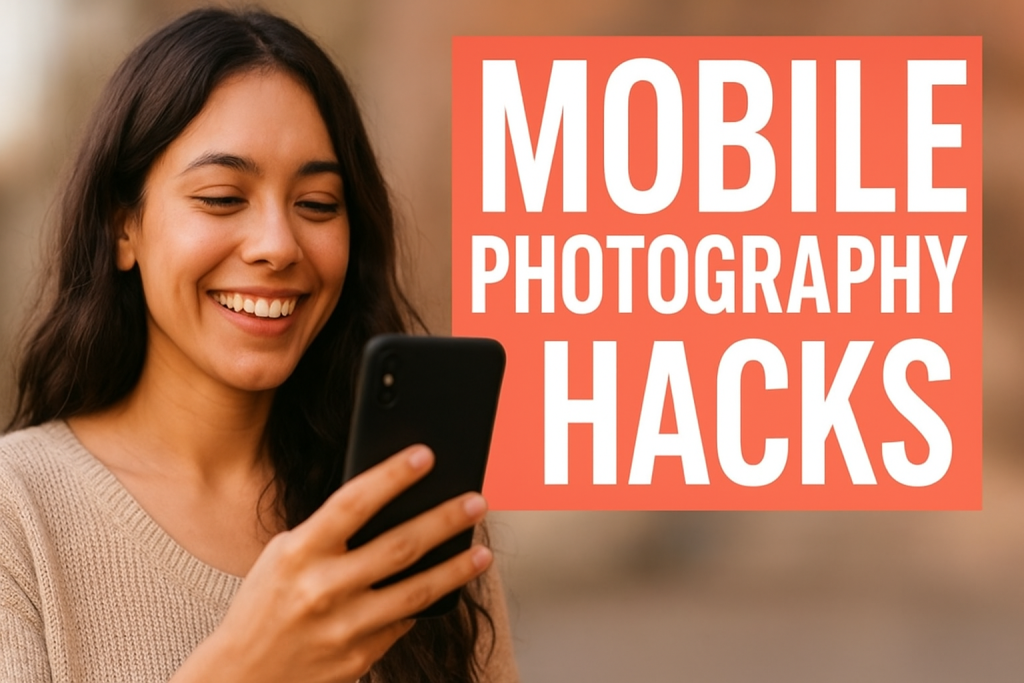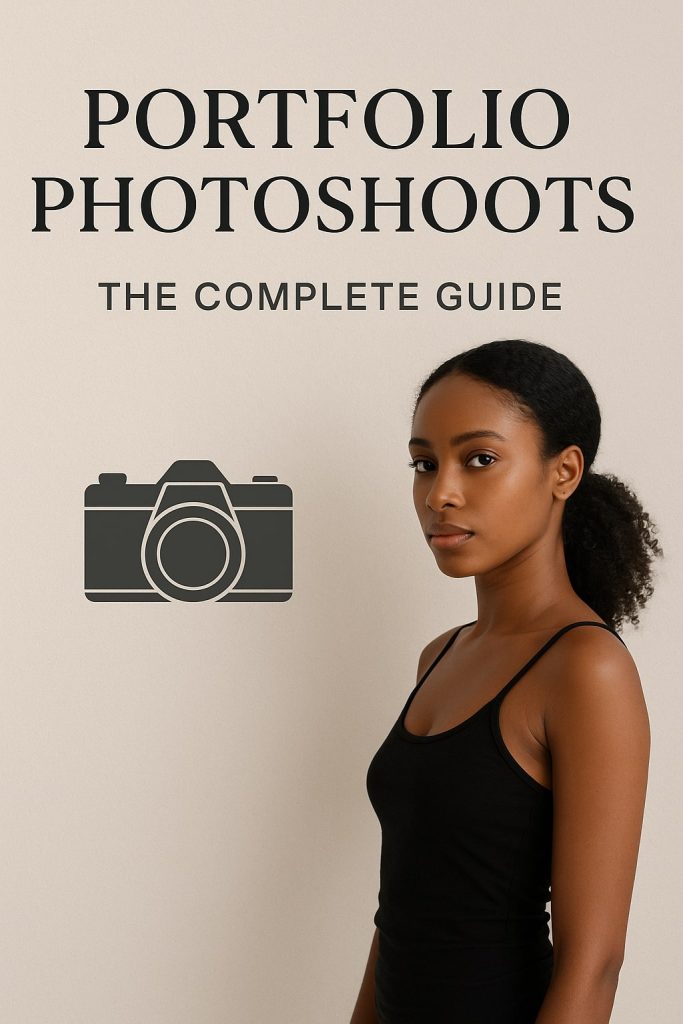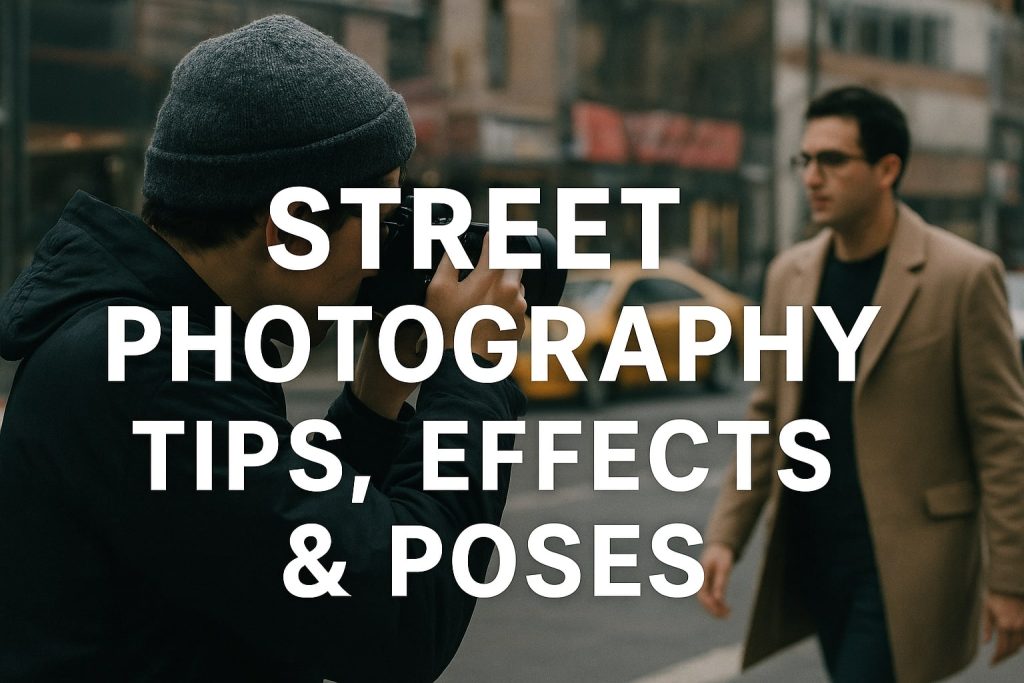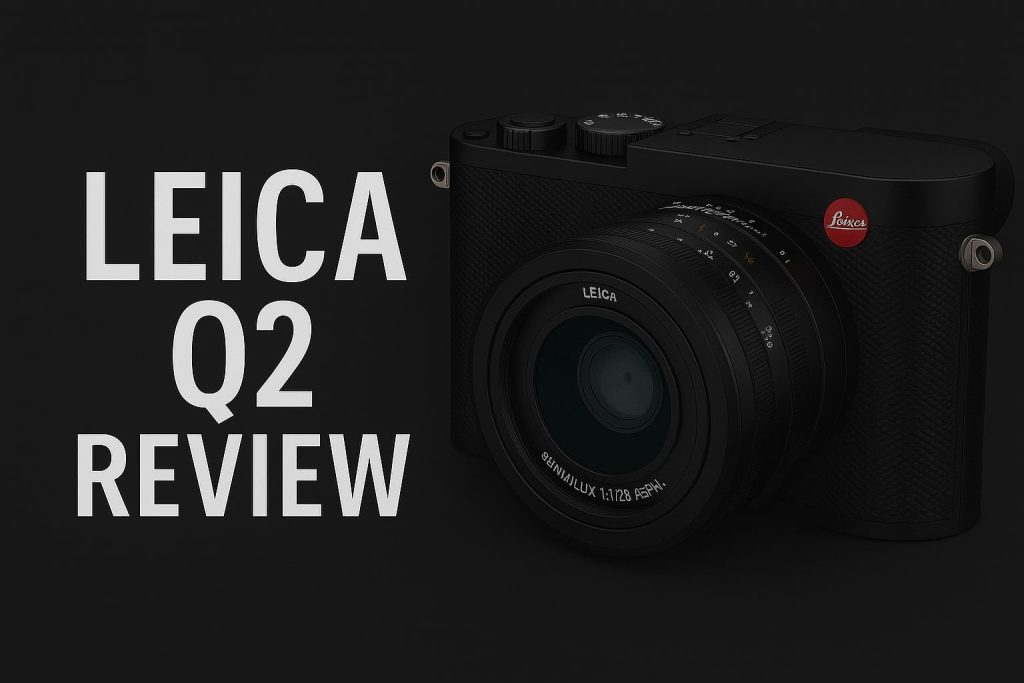Professional product photography is essential for e-commerce success. Whether selling on Amazon, Shopify, or personal websites, high-quality images can significantly impact sales. One of the most critical elements in product photography is lighting. Proper lighting enhances details, improves clarity, and ensures that products appear attractive to potential buyers.
In this article, we’ll explore various lighting techniques to create high-quality product photos. We’ll cover natural and artificial lighting, essential equipment, advanced lighting setups, and tips to achieve professional results.
Understanding the Importance of Lighting in Product Photography
Lighting plays a crucial role in defining the shape, texture, and overall appeal of a product. Proper lighting ensures accurate color reproduction and minimizes unwanted shadows, enhancing the professional look of product images. Here’s why lighting matters:
- Enhances Product Details: Proper lighting reveals intricate details, textures, and colors.
- Reduces Post-Processing Needs: Well-lit images require less editing, saving time and effort.
- Improves Customer Trust: Consistent and accurate images increase consumer confidence in online purchases.
Natural vs. Artificial Lighting for Product Photography
When choosing the right lighting setup, photographers can use either natural or artificial lighting. Each has its advantages and best-use cases.
Natural Lighting
Natural lighting is an excellent choice for simple product photography, especially for lifestyle shots.
- Pros: Free, soft, and easy to use.
- Cons: Unpredictable, dependent on time of day and weather conditions.
- Best For: Organic products, food photography, handmade crafts, clothing.
Tips for Using Natural Light:
- Shoot near a large window with diffused light.
- Use white reflectors to minimize harsh shadows.
- Avoid direct sunlight to prevent overexposed images.
Artificial Lighting
Artificial lighting provides consistency and control, making it ideal for professional product photography.
- Pros: Adjustable, consistent, and allows creative control.
- Cons: Requires investment in equipment and setup time.
- Best For: Jewelry, electronics, cosmetics, and studio product shots.
Types of Artificial Lighting:
- Continuous Lighting: Provides a constant light source; great for beginners.
- Strobe/Flash Lighting: Produces intense bursts of light; ideal for freezing motion and reducing noise.
- LED Panels: Energy-efficient and adjustable; useful for video and photo shoots.
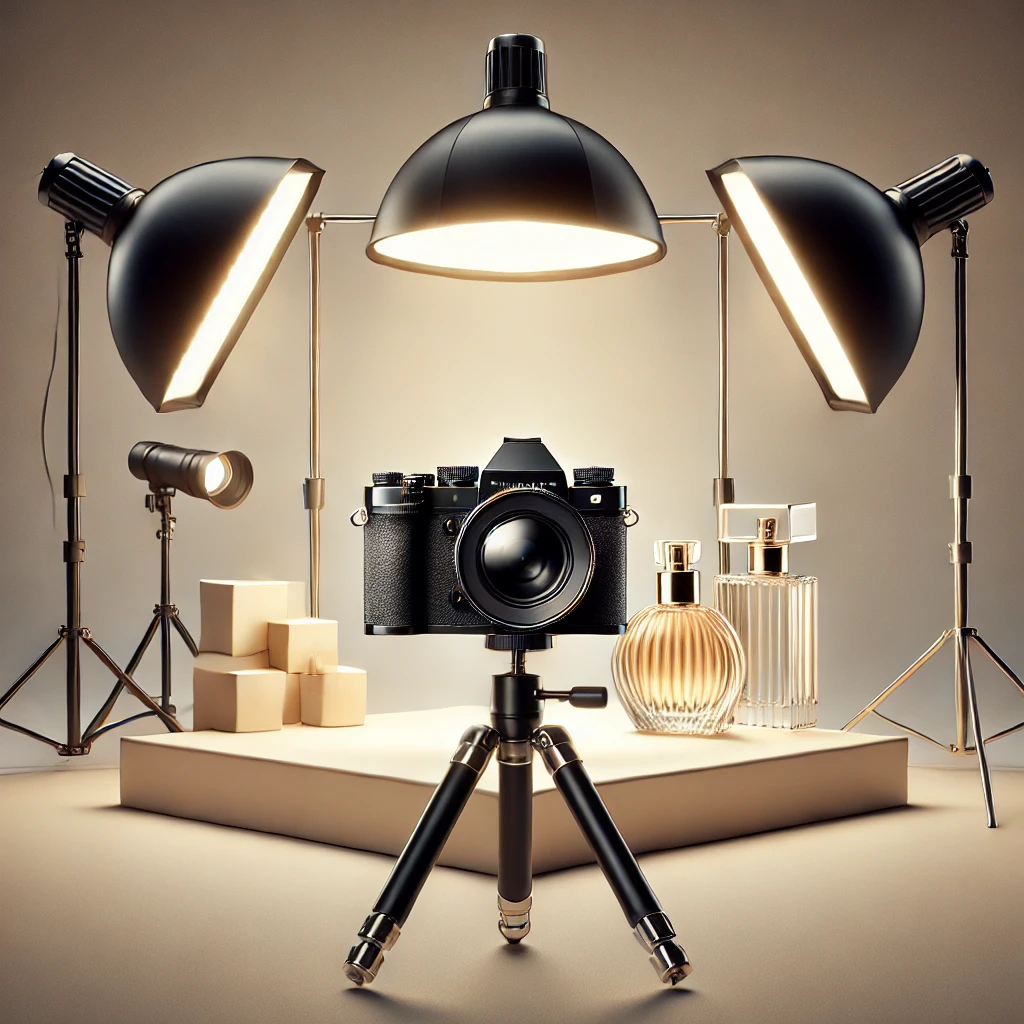
Essential Lighting Equipment for Professional Product Photography
To achieve professional-quality images, investing in the right lighting equipment is essential. Below are the must-have items:
- Softbox Lights: Provide diffused, even lighting.
- Ring Lights: Great for close-up and macro product photography.
- Reflectors: Bounce light to reduce harsh shadows.
- Diffusers: Soften strong light sources for even exposure.
- Light Tents: Ideal for small products like jewelry and accessories.
Advanced Lighting Setups for Product Photography
1. Three-Point Lighting Setup
A three-point lighting system is a classic technique used in professional photography.
- Key Light: Main light source, placed at a 45-degree angle.
- Fill Light: Reduces shadows, positioned opposite the key light.
- Back Light: Separates the product from the background, creating depth.
2. High-Key vs. Low-Key Lighting
- High-Key Lighting: Bright, even lighting with minimal shadows; ideal for clean, white-background e-commerce shots.
- Low-Key Lighting: Creates dramatic shadows; suitable for luxury products, watches, and electronics.
3. Using Colored Gels and Backgrounds
- Colored gels add creative effects and moods.
- Contrasting backgrounds highlight product details.
Post-Processing for Perfectly Lit Product Photos
Even with the best lighting, some post-processing adjustments enhance final images.
- Adjust Brightness & Contrast: Enhances details and depth.
- Correct Color Balance: Ensures accurate representation of the product.
- Remove Unwanted Shadows: Use editing software like Photoshop or Lightroom.
Conclusion
Mastering lighting techniques in product photography requires practice and experimentation. Whether using natural or artificial light, selecting the right equipment and setup will help capture stunning, professional product images. Proper lighting can elevate your e-commerce visuals, boost sales, and enhance brand credibility.
By implementing these techniques, you’ll ensure that your product photos stand out and create a lasting impression on potential customers.
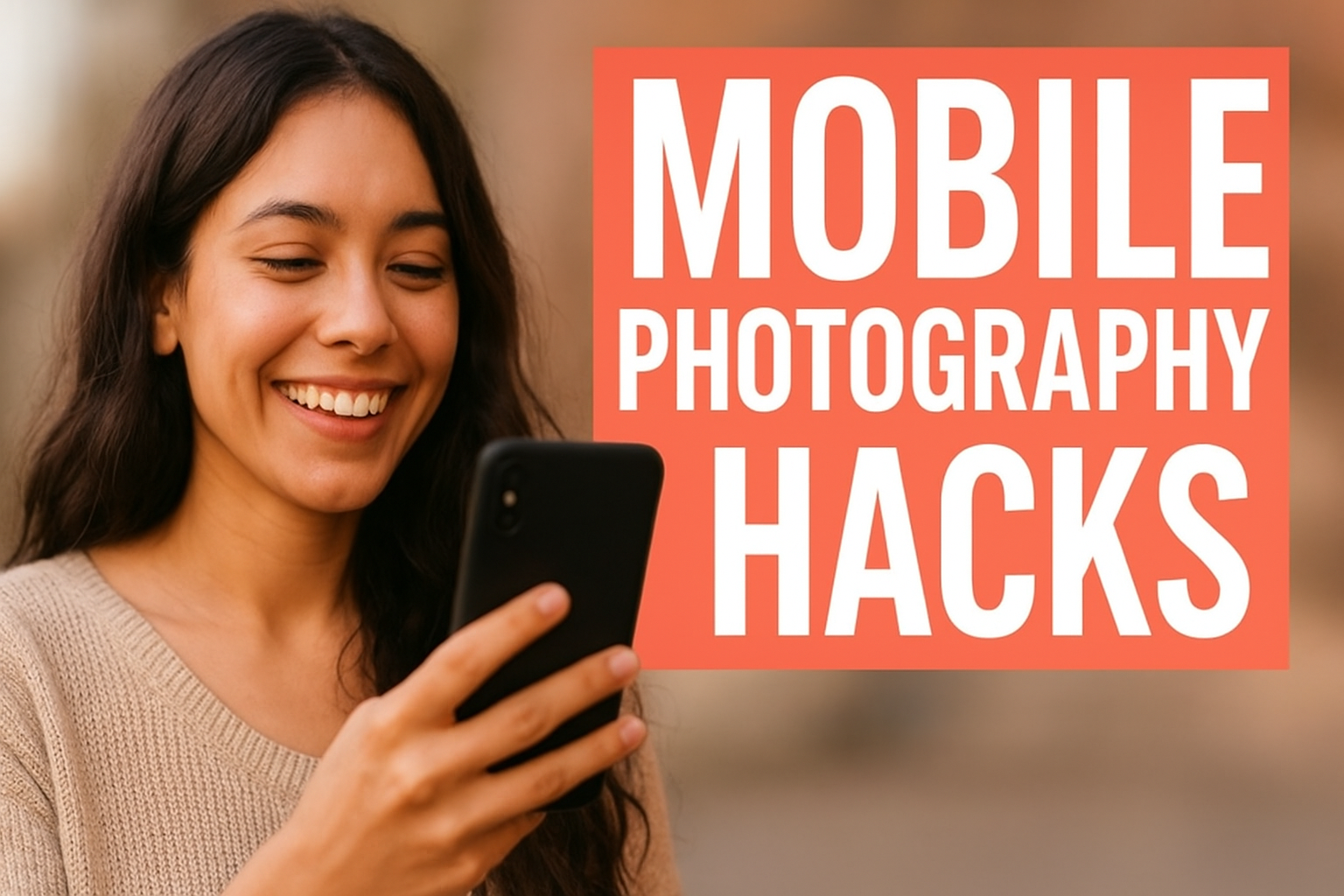
Mobile Photography Hacks: Candid Moments with Your Phone
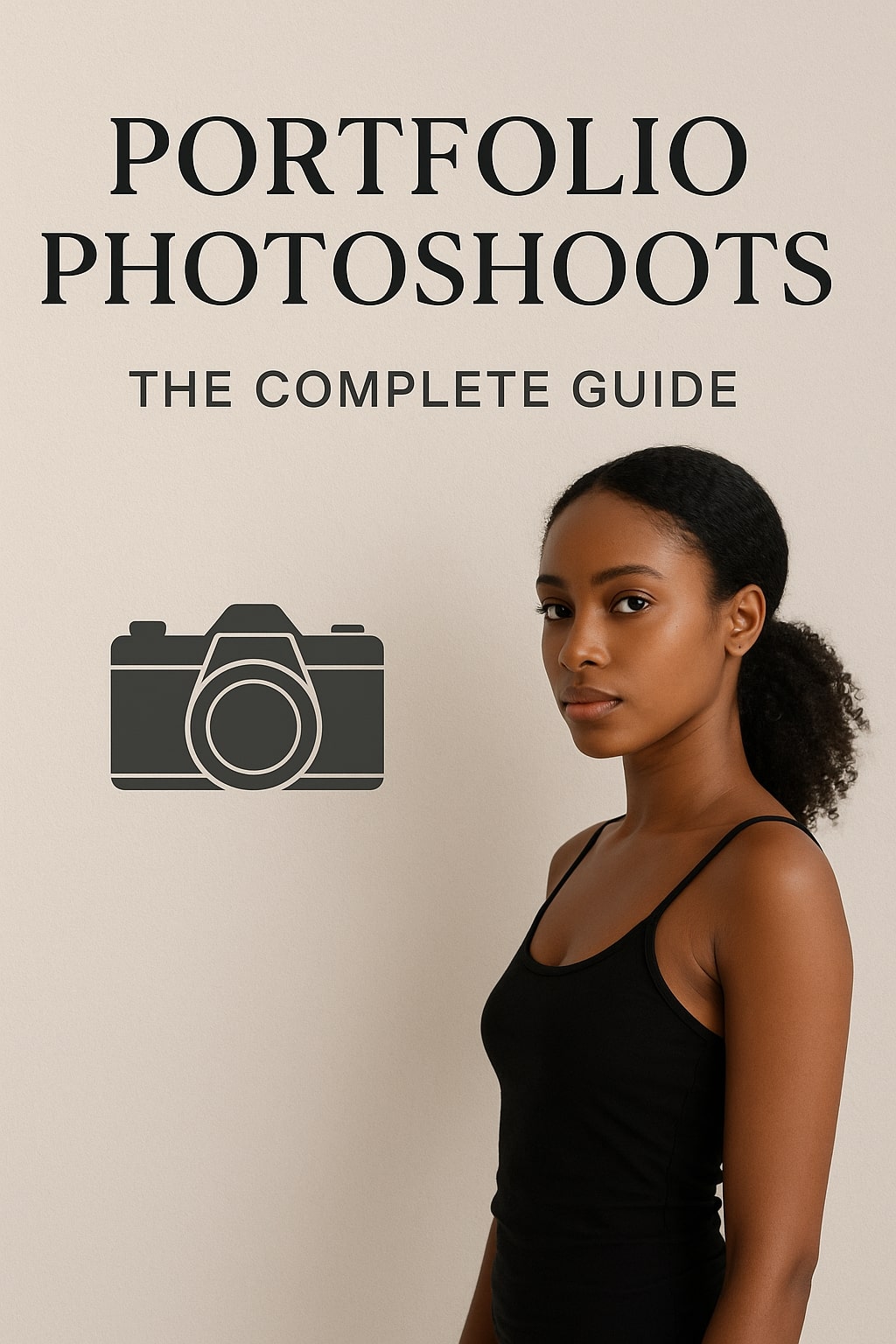
Professional Model & Portfolio Photoshoots: Show Your Best Work
-
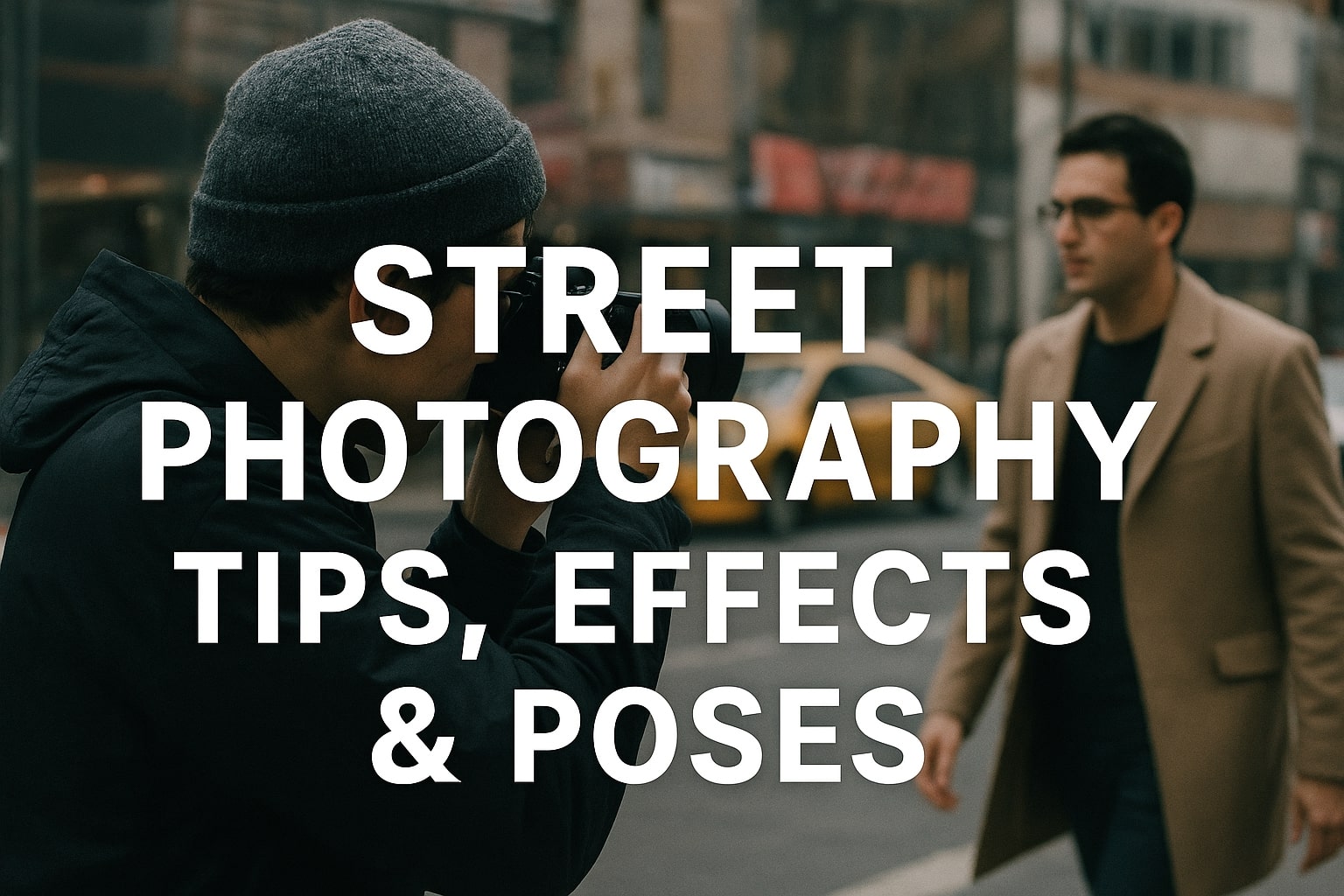
Street Photography Tips, Effects & Poses – Complete Guide
-
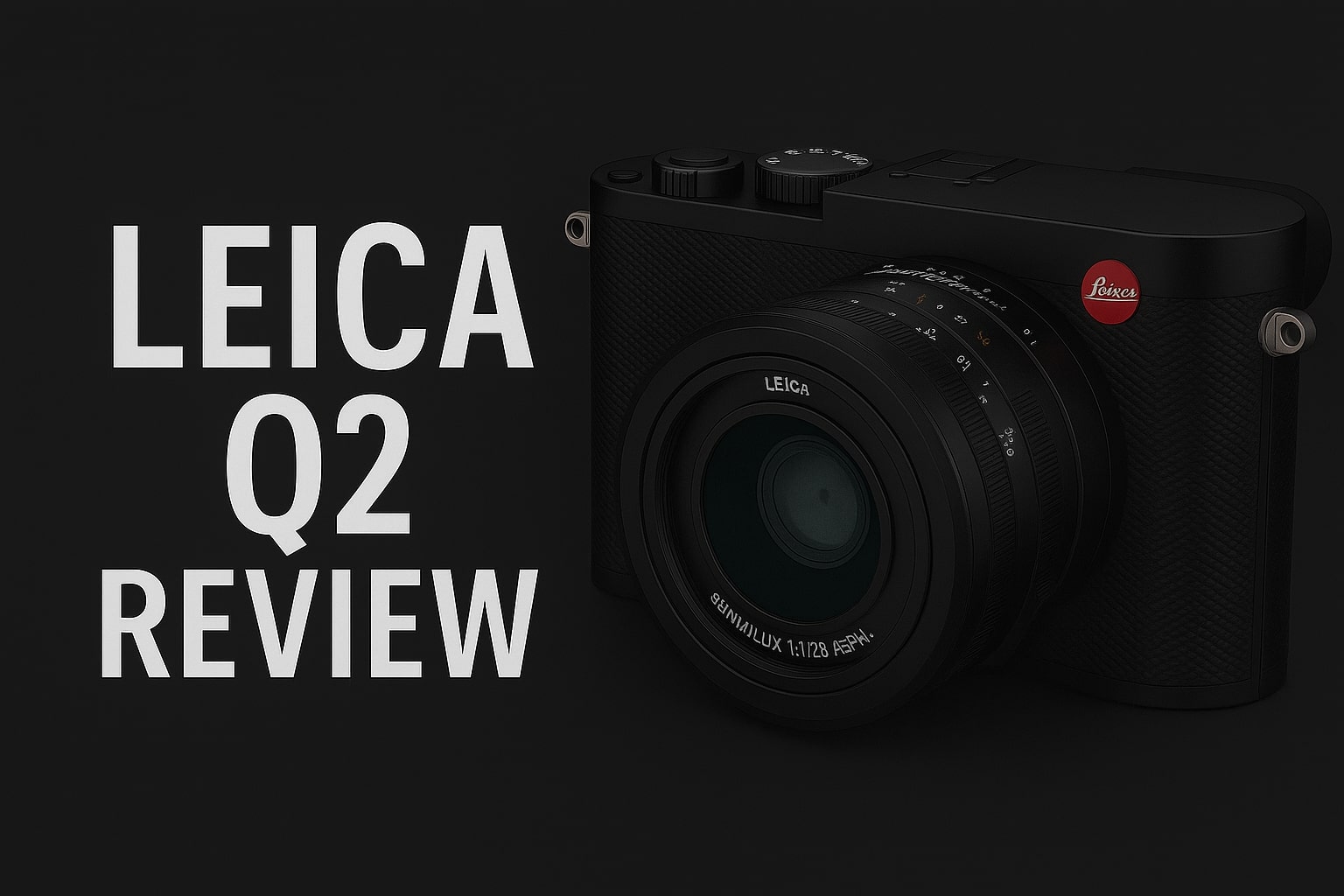
Leica Q2 for Photography: Why It’s Loved by Photographers
Mobile Photography Hacks: Candid Moments with Your Phone
Discover high-impact mobile photography hacks to capture genuine, gorgeous candid moments with your phone. Learn practical tips, composition secrets, and pro techniques to turn everyday scenes into stunning visual stories. Introduction: The New Age of Mobile Photography Photography has evolved beyond heavy cameras, technical jargon, and expensive equipment. Today, the power to capture extraordinary moments
Professional Model & Portfolio Photoshoots: Show Your Best Work
” Discover how to plan, style, and execute stunning portfolio photoshoots that showcase your skills, personality, and versatility. This comprehensive guide covers professional tips, posing ideas, gear suggestions, and industry insights for models and photographers.” Introduction – Why Portfolio Photoshoots Are the Cornerstone of a Photographer’s Career A well-crafted portfolio photoshoot is more than a
Street Photography Tips, Effects & Poses – Complete Guide
Discover the ultimate guide to Street Photography with expert tips, creative effects, and dynamic poses. Learn how to capture authentic urban moments, master composition, and tell powerful visual stories through your lens. Article Outline 1. Introduction to Street Photography Street Photography is more than just taking pictures of people in public spaces — it’s about
Leica Q2 for Photography: Why It’s Loved by Photographers
Introduction: The Cult Status of the Leica Q2 The Leica Q2 is not just a camera—it’s a statement. Combining the heritage of German precision engineering with modern digital excellence, it holds a special place in the hearts of professional and passionate photographers alike. With its full-frame sensor, prime Summilux lens, and minimalist design, the Q2
Top Cameras Under ₹1 Lakh for Freelance Photography
Freelance photography is no longer a niche—it’s a booming creative profession that demands not only vision and hustle but also the right gear. Your camera isn’t just a tool; it’s your storytelling partner. If you’re a freelance photographer aiming to balance performance, versatility, and budget, investing in a cameras under ₹1 lakh can offer the
Top Features of Nikon D850 That Make It Ideal for Photoshoots
Explore the top features of the Nikon D850 that make it a powerhouse for photoshoots. From exceptional resolution to dynamic range, this detailed Nikon D850 guide is built for professional and aspiring photographers. 1. Introduction When Nikon launched the D850, it quickly earned a reputation as a flagship DSLR that redefined what photographers could expect
